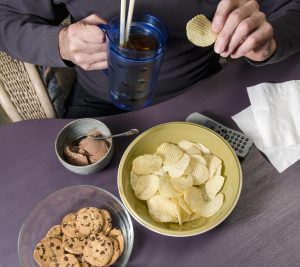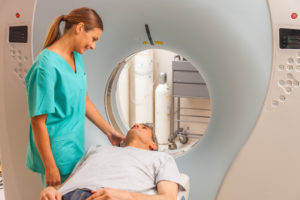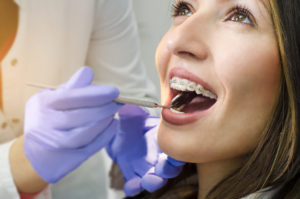- Food safety entails proper storage, handling, cooking, and temperature maintenance, keeping harmful bacteria at bay.
- Hygiene is crucial, with regular cleaning of utensils and surfaces and employee training for effective sanitization practices.
- Ensuring water safety involves evaluation of sources, implementing treatment methods, and safe usage for cooking and cleaning.
- Regular employee training on foodborne illnesses, handwashing techniques, and cross-contamination prevention is paramount in food safety.
- Compliance with federal and state regulations, such as obtaining necessary permits and adhering to food safety requirements, is mandatory.
Running a business that involves serving food to customers requires diligence and responsibility. Food is vital to everyone’s health, so food safety should be a top priority for business owners. Properly preparing, handling, and safely serving food is paramount in preventing the spread of foodborne illnesses.
By following strict hygiene practices, such as thorough handwashing, maintaining clean cooking surfaces, and storing food at proper temperatures, you can ensure that your prepared meals are safe and free from harmful bacteria and contaminants.
This blog post will compile a comprehensive guide on essential food safety practices that business owners should adopt.
Food Handling and Preparation
To help you navigate the complex world of food safety, here’s how to improve your food handling and preparation, maintain cleanliness in your premises, and implement effective pest control measures:
Proper Food Storage
Proper food storage is another vital component of food safety. Businesses should ensure that refrigerators and freezers are kept at the correct temperatures and that food is labeled and stored appropriately. It is also essential to ensure that food is rotated and any expired or spoiled food is disposed of immediately.
Safe Food Handling
Safe food handling practices include washing fruits and vegetables before cooking or serving, using secure cooking methods, and keeping hot and cold foods cold. To prevent the spread of foodborne illnesses, food handlers should also avoid preparing food when sick.
Cooking and Temperature Control
Proper cooking temperatures are essential to kill harmful bacteria in food. Business owners should invest in high-quality cooking equipment and thermometers to ensure that food is cooked at the appropriate temperatures.
Food temperatures should be monitored throughout the cooking process and cooked to the right temperature before serving.
Sanitization and Cleanliness
Maintaining a clean and hygienic environment is essential for food safety. Here’s how you can ensure a safe and healthy environment:
Cleaning Practices
All kitchen towels, tablecloths, and aprons should be washed regularly in hot water to prevent cross-contamination. Clean dishes and utensils should be stored in a dry location to prevent the growth of harmful bacteria.
Surface Sanitization
To ensure that food preparation surfaces remain sanitized, businesses should use a bleach solution or other approved sanitizer to clean all surfaces and utensils. Sanitizers should be changed regularly, and a log should be kept of when sanitizers were changed and surfaces were sanitized.
Employee Training
It is essential to train all employees on proper food handling and safety practices regularly. This should include information on foodborne illnesses, proper handwashing techniques, and ways to prevent cross-contamination. Employees should also receive regular training on appropriate cleaning and sanitizing techniques.

Water Safety and Purification Needs
Water can also pose a risk to food safety if it needs to be purified and handled correctly. Here’s how you can ensure safe water handling and protect food quality:
Water Source Evaluation
To ensure that the water you use is safe, you should take proactive steps to identify potential sources of contamination. This includes evaluating the water source, identifying hazards, and implementing risk management measures.
Water Treatment and Filtration Methods
Filtration, chlorination, reverse osmosis, and ultraviolet light can help purify your water. As a business owner, efficient industrial water filtration is a highly recommended water treatment method for your food and beverages business. It removes impurities, contaminants, and harmful bacteria, making the water safe for cooking and food preparation.
Safe Water Usage
Finally, businesses should use water safely to prevent contamination. This includes washing hands regularly with clean water, using purified water for cooking and cleaning, and making sure that any equipment that comes in contact with water is free from contamination.
Regulatory Compliance
Business owners must comply with federal and state regulations regarding food safety. This includes obtaining the necessary permits, following food handling and preparation guidelines, and complying with food labeling and safety requirements.

In conclusion, food safety is critical to the success of every business that serves food to the public. Business owners must take a proactive approach to food safety, which involves training employees, adopting safe food handling practices, and following proper sanitation and cleaning techniques.













